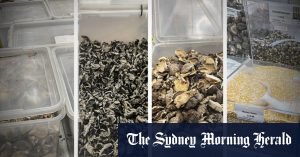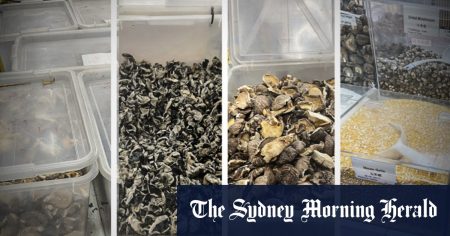The NSW Biodiversity Conservation Trust has seen a high demand for landowners wanting to participate in their conservation program, which provides protections and payments even if the land is sold. The department selects the best options for value and biodiversity, partnering landowners with property managers who monitor the area and provide conservation guidance. This has led to permanent protection for over 200 threatened species, making the land an asset with a guaranteed source of income through management projects.
A record number of mammals, frogs, plants, and birds were added to the national threatened species list last year, with 144 species now in danger of becoming extinct. University of Newcastle associate professor of ecology, Matthew Hayward, points out the problem with biodiversity offsetting, where economics are used to mitigate the costs associated with developing land and impacting biodiversity. He emphasizes the need to consider the costs associated with climate change and the biodiversity crisis in our economic way of existence.
The Invasive Species Council estimates that Australia has been averaging at least 4.5 probable extinctions every decade since the 1960s. This highlights the urgency and severity of the biodiversity crisis facing the country. Mick O’Flynn from the NSW Biodiversity Conservation Trust emphasizes the altruistic nature of conservation efforts, where landowners make a big commitment to ensure that their land will never be cleared or developed. This commitment provides a permanent source of protection for threatened species and ecosystems.
While targeting specific land corridors or micro-ecosystems can have major benefits for biodiversity conservation, Hayward warns against relying solely on biodiversity offsetting to address the crisis. He stresses the need to consider and account for the costs associated with climate change and biodiversity loss in our economic models. The success of the conservation program in protecting over 200 threatened species demonstrates the positive impact of such initiatives in preserving Australia’s unique wildlife and habitats.
Overall, the biodiversity conservation program in NSW has been successful in providing permanent protection for threatened species and ecosystems, with landowners making significant commitments to ensure the preservation of their land. However, the increasing number of species added to the national threatened list highlights the ongoing challenges facing biodiversity in Australia. Hayward’s concerns about relying on biodiversity offsetting and the need to incorporate the costs of climate change and biodiversity loss into economic models underscore the importance of addressing these issues comprehensively to mitigate further extinctions and preserve Australia’s natural heritage.















